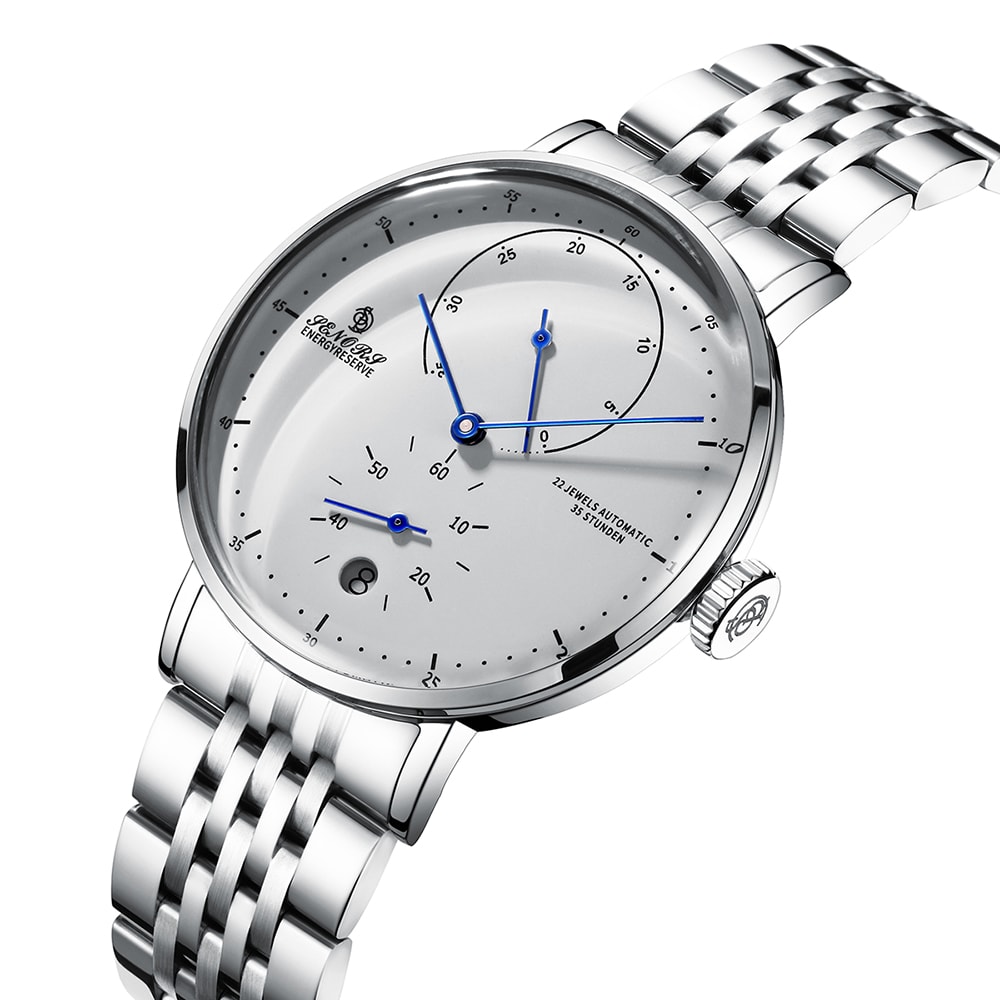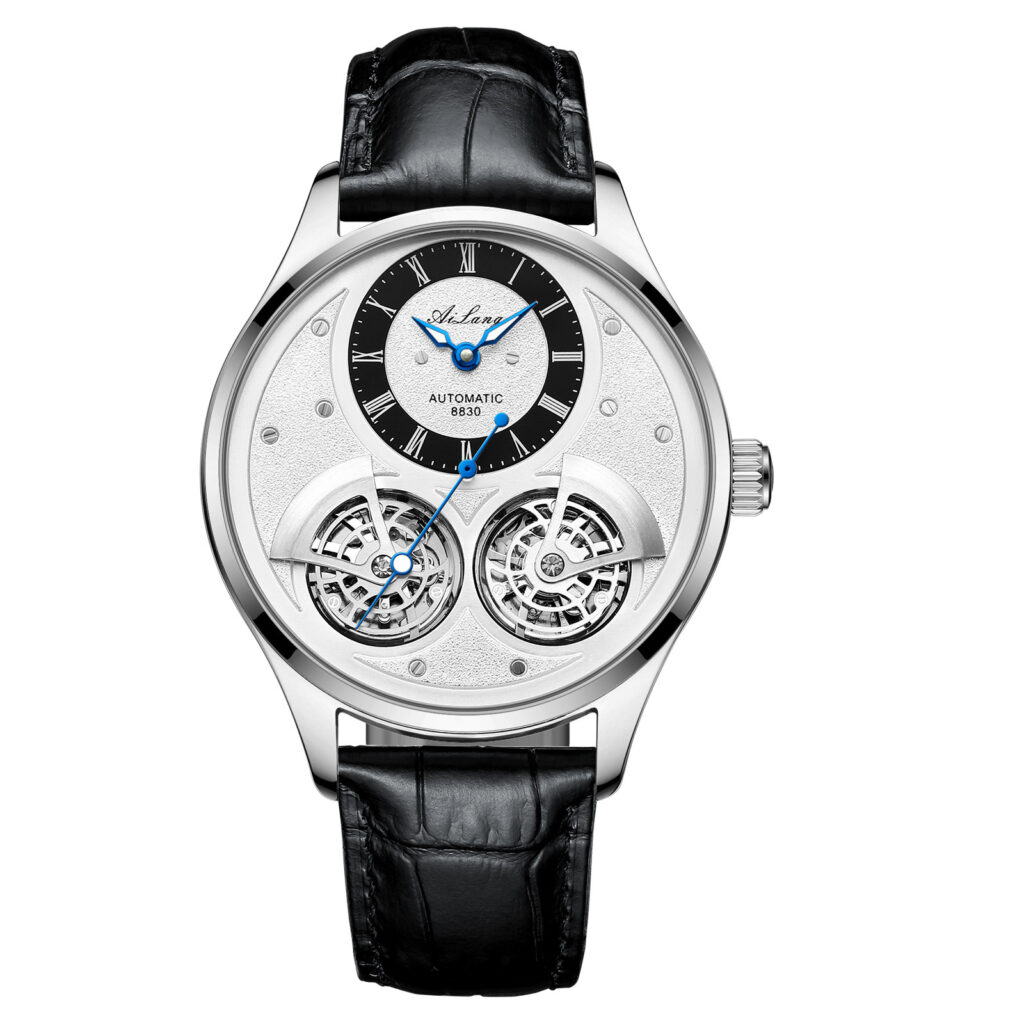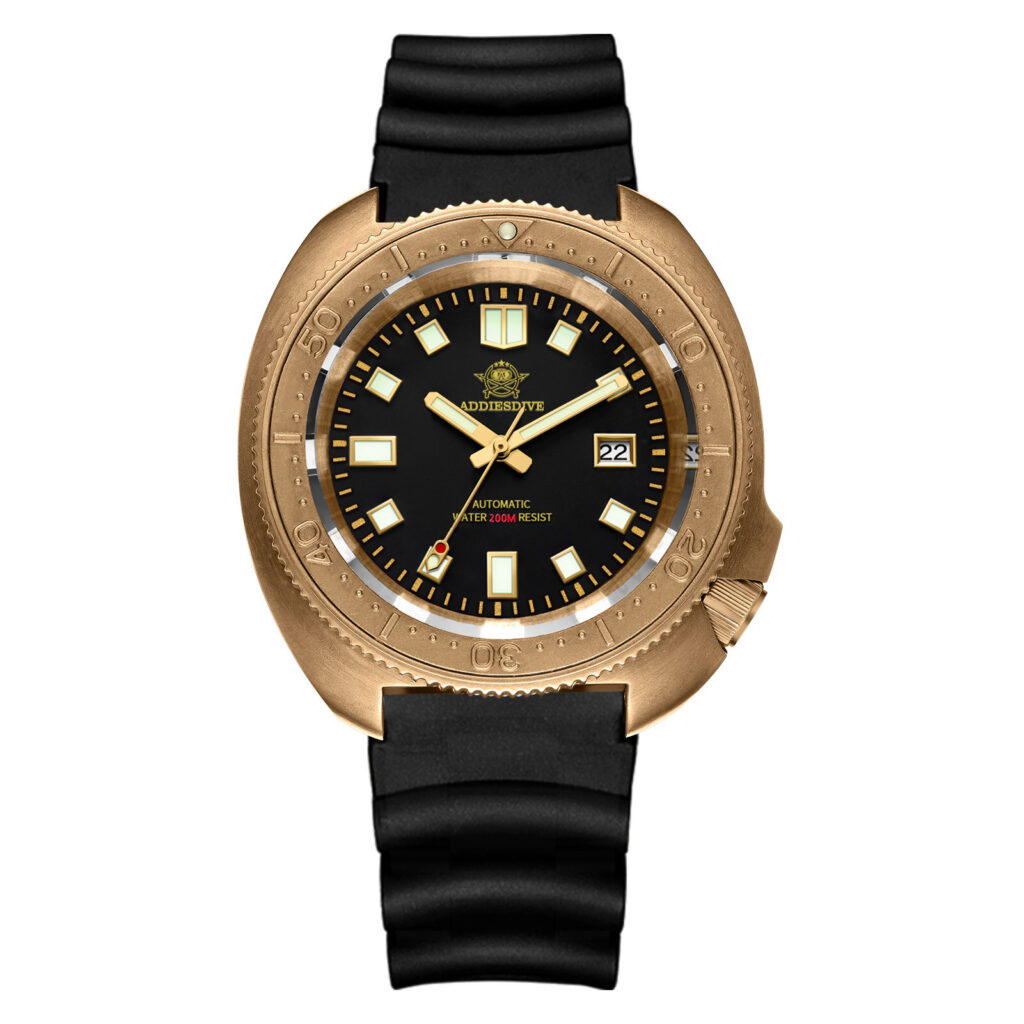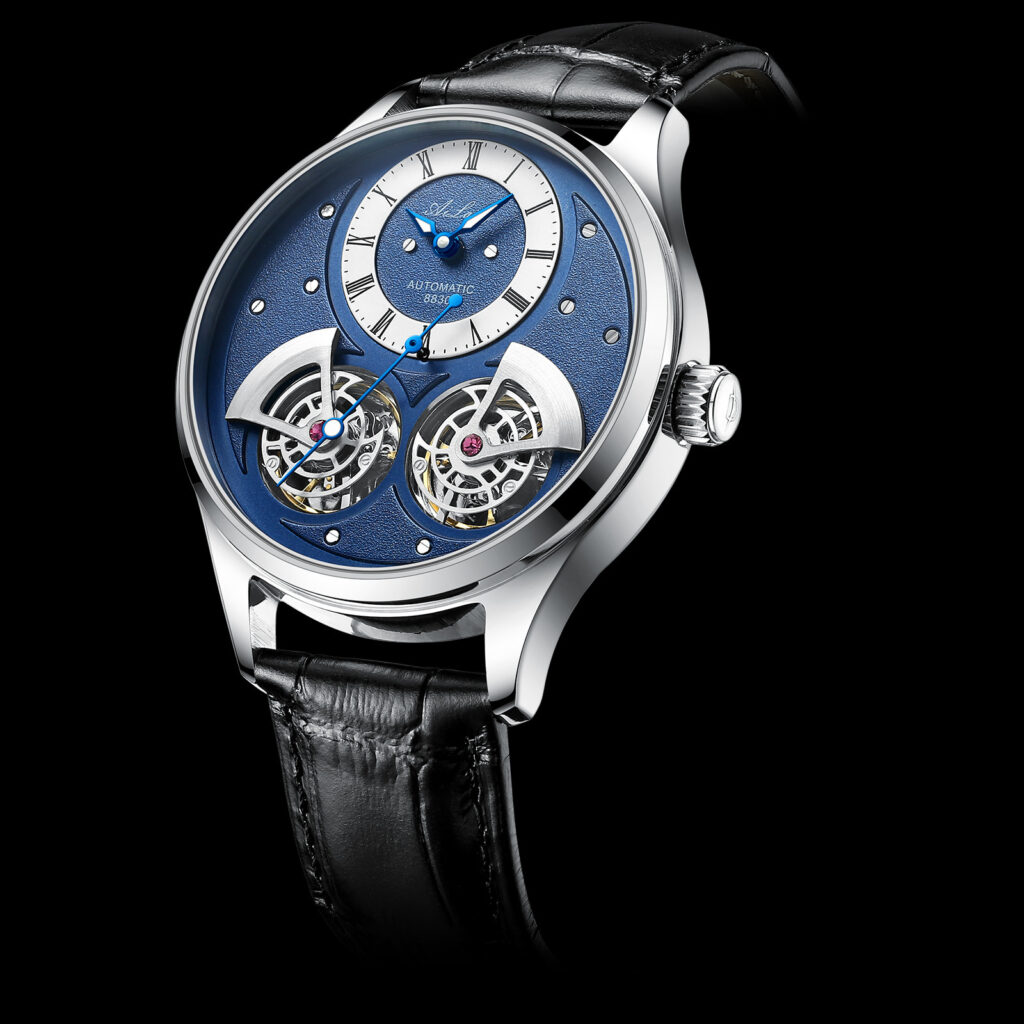WHAT IS A MECHANICAL WATCH?

Manual or Hand-Winding: A mechanical hand-wound or manual-wind watch movement is one wherein the owner of the watch must wind the movement with his own hands. Essentially, a hand-wound — also sometimes referred to as a manual-wind watch — is a timepiece whose inner movement must be wound by the wearer on a regular basis.With all of that being said, there is something special about reaching down to wind your watch every day as it creates a direct connection between the wearer and the mechanical heart of a cherished timepiece.
AUTOMATIC WATCHES: Purely automatic watches are rare, but they do exist. These cannot be wound by rotating the crown but only by applying movement to the watch itself. Behind the caseback is a half-moon-shaped oscillating weight. This rotor weight winds the watch as you move your arm, swinging internally as you swing your arm. The idea is that if you wear the automatic watch every day, it builds up enough power to last through the night, so it shouldn’t ever stop. Put it on the next morning and head to work, and you’ll generate enough power to run the watch continuously and top it up for the next night. If it does stop, however, you may have to shake it a bit before it gets going. Don’t be too rough, though. The springs and gears really don’t like that.


AUTOMATIC MECHANICAL WATCHES: Most modern mechanical watches feature automatic mechanical movement. They can be wound with the crown and keep themselves topped off with the movement of your hand. If you find your automatic mechanical watch stopped, turn the crown a few times until you see the second hand start racing. Then it’s safe to put the watch on as the rotor weight will do the rest.


